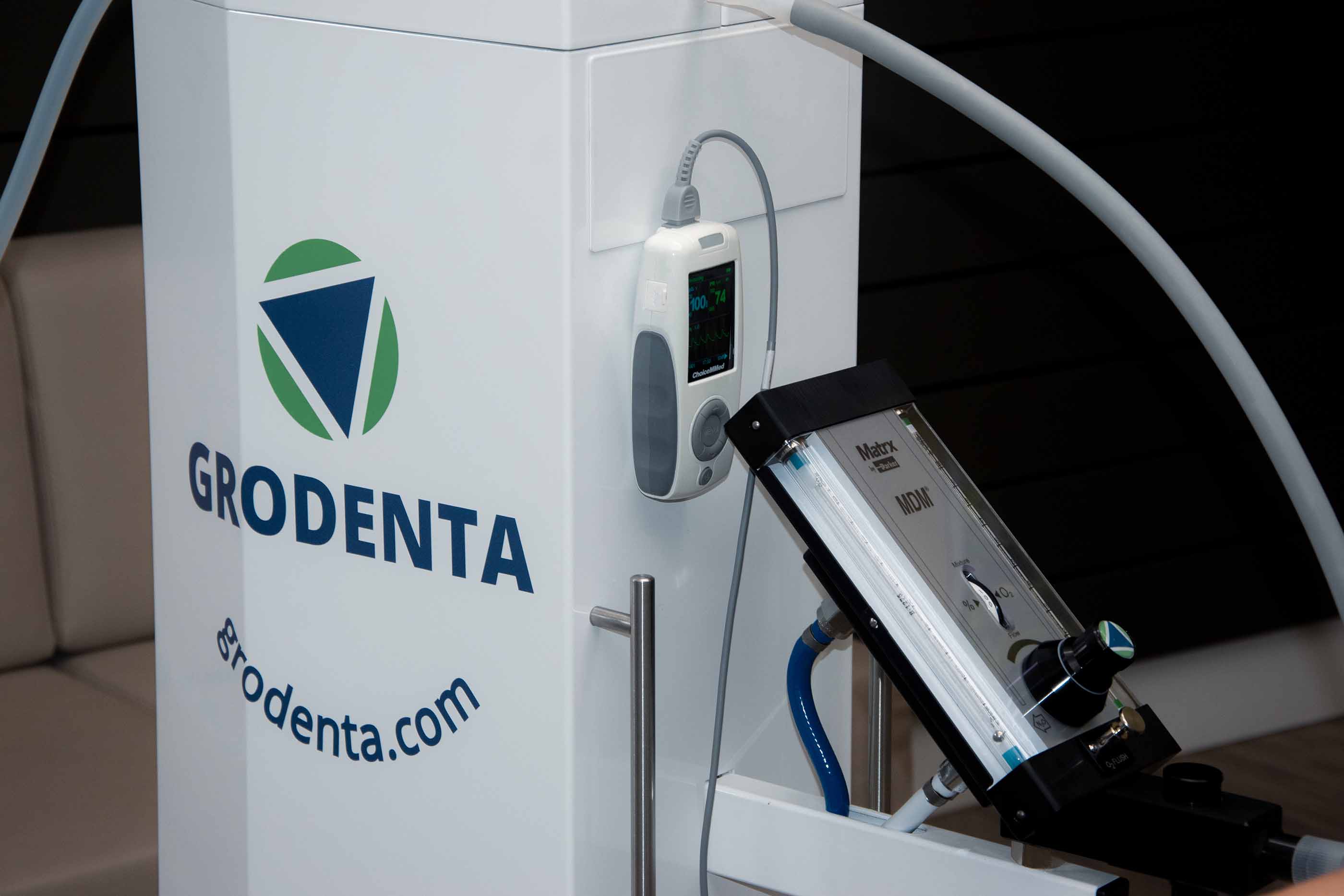
Nitrous oxide sedation in the emergency department
Nitrous oxide sedation in the emergency department is a valuable tool that helps medical
professionals treat patients quickly and effectively in emergency situations.
professionals treat patients quickly and effectively in emergency situations.

Application of nitrous oxide sedation in the emergency department
Nitrous oxide sedation is applied in the emergency department in situations where rapid and effective sedation is crucial. It can be used for various medical procedures, such as setting broken bones, stitching wounds, reducing dislocations, and relieving pain in patients with acute injuries or conditions.
For patients who are anxious or tense, nitrous oxide offers a calming effect, making them feel more comfortable during the treatment. It is also suitable for patients who struggle with tolerating other forms of sedation or who do not require general anesthesia for the procedure.
Process of nitrous oxide sedation
The process of nitrous oxide sedation begins with placing a special mask over the patient's nose. The mask is connected to a mixing device that blends nitrous oxide and oxygen in the correct proportions. The patient breathes in the mixture through the mask, allowing the nitrous oxide to exert its calming effects.
The sedation process is self-regulating, meaning the patient controls the amount of nitrous oxide intake by taking deeper or shallower breaths. Once the mask is removed, the nitrous oxide quickly leaves the body, allowing the patient to return to a normal state of consciousness promptly.


Patient experience
The experience of nitrous oxide sedation can vary from patient to patient. For some, it can be a pleasant and calming experience, making them feel less tense and anxious during the treatment. Others may experience a sense of lightness or euphoria, which can help endure the pain and stress of emergency situations more comfortably.
A key aspect of nitrous oxide sedation in the emergency department is that patients remain conscious, allowing them to still communicate with medical staff and follow any instructions. This makes nitrous oxide sedation ideal for patients who need rapid medical intervention but also need to stay alert during the treatment.
Safety and Guidelines
Nitrous oxide sedation in the emergency department is carefully carried out according to strict safety guidelines. Medical staff are well-trained in the use of nitrous oxide and the extraction system to ensure that the concentration of nitrous oxide in the treatment area remains within safe limits.
The patient's health condition is continuously monitored during nitrous oxide sedation to respond immediately to any changes in vital signs. The use of nitrous oxide is generally safe, but certain contraindications are assessed before applying the sedation.


Benefits of nitrous oxide sedation in the emergency department
Nitrous oxide sedation in the emergency department offers several advantages for both patients and medical staff:
- Quick and effective: nitrous oxide sedation acts quickly, allowing patients to be treated promptly and receive relief from pain or anxiety.
- Safety: the use of nitrous oxide in the emergency department is safe and carefully monitored by experienced medical staff.
- No adverse effects: patients experience no negative side effects after nitrous oxide sedation and can quickly resume their normal activities.

Personal approach at Grodenta
At Grodenta, we believe in a personal approach. We tailor our services to your specific practice needs, from advice and delivery to training and service. Let us help you provide the best care.
